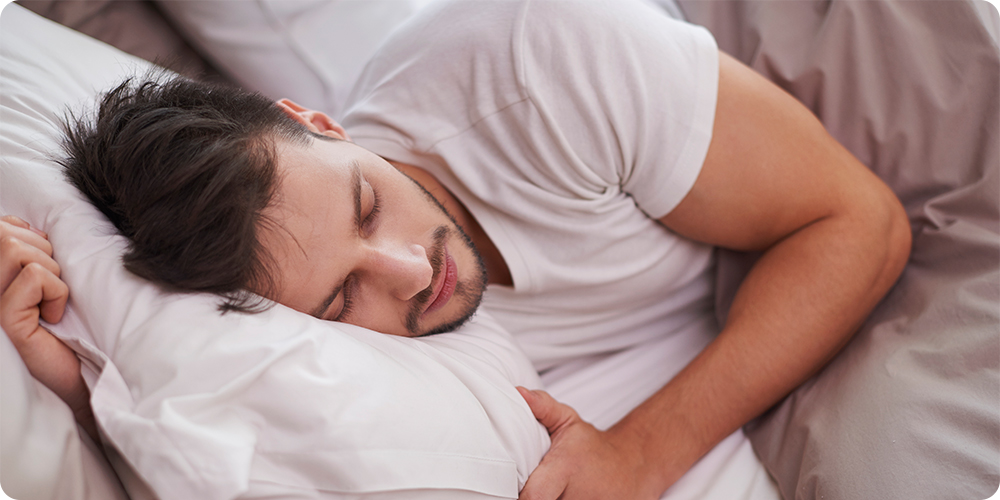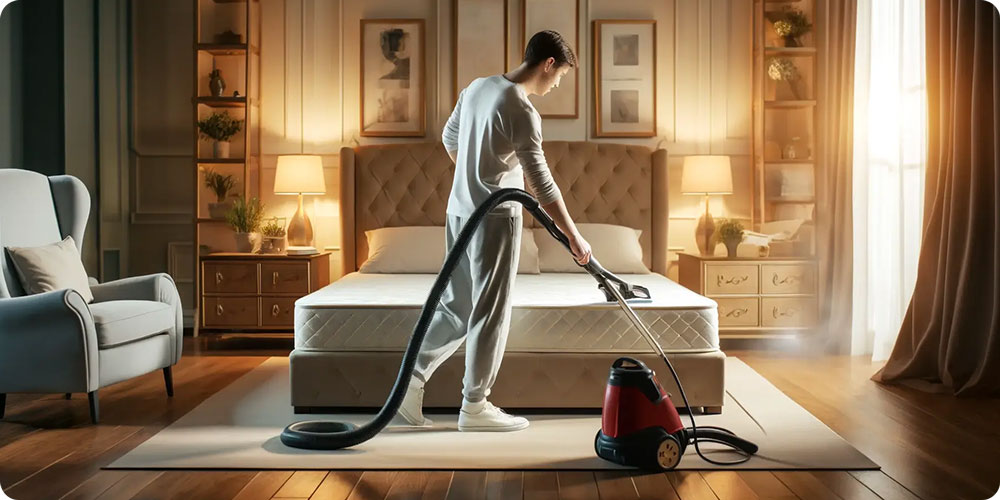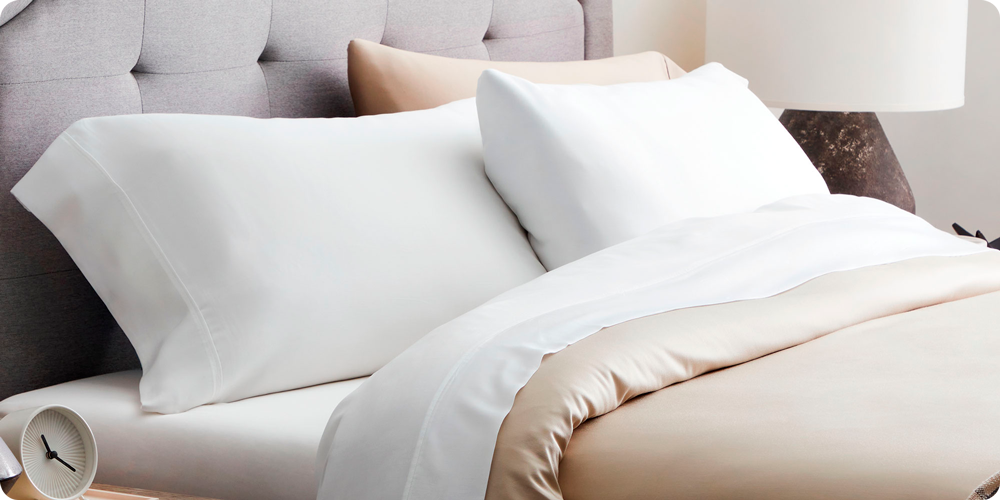La apnea del sueño es un trastorno grave del sueño que afecta a millones de personas en todo el mundo. Se produce cuando la respiración de una persona se interrumpe durante el sueño, a menudo debido a obstrucciones de las vías respiratorias, lo que puede provocar ronquidos, sueño intranquilo y fatiga durante el día. Existen dos tipos principales de apnea del sueño: la apnea obstructiva del sueño (AOS), causada por un bloqueo físico de las vías respiratorias, y la apnea central del sueño (ACS), que se produce cuando el cerebro no envía las señales correctas a los músculos que controlan la respiración.
Un factor que puede exacerbar los síntomas de la apnea del sueño es la postura al dormir. La posición en la que duermes tiene un impacto directo en tu respiración y puede aliviar o empeorar los síntomas de la apnea.
El Impacto de las Posiciones para Dormir
1. Dormir boca arriba (posición supina): dormir boca arriba puede ser problemático para quienes padecen apnea del sueño. En esta posición, la gravedad empuja la lengua y los tejidos blandos de la garganta hacia atrás, lo que obstruye las vías respiratorias y dificulta la respiración. Esta es la razón por la que quienes duermen boca arriba suelen roncar más y sufrir episodios de apnea más frecuentes.
2. Dormir de lado (posición lateral): Para muchas personas con apnea del sueño, dormir de lado puede ser beneficioso. Esta posición ayuda a mantener abiertas las vías respiratorias al evitar que los tejidos de la lengua y la garganta colapsen en las vías respiratorias. Los estudios sugieren que dormir de lado puede reducir significativamente los episodios de apnea y mejorar la calidad general del sueño.
3. Dormir boca abajo (posición boca abajo): dormir boca abajo también puede prevenir la obstrucción de las vías respiratorias, pero puede provocar molestias en el cuello y la espalda. Si dormir boca abajo le resulta cómodo, podría ayudar a reducir los síntomas de apnea.
Cómo Mejorar la Postura al Dormir en Caso de Apnea del Sueño
Si sufre de apnea del sueño, considere modificar su postura al dormir para ver si esto ayuda a mejorar sus síntomas. Las almohadas diseñadas para dormir de lado o incluso los dispositivos de terapia posicional pueden ayudarlo a permanecer en una posición que favorezca el sueño durante toda la noche, lo que reduce los episodios de apnea y mejora la calidad del sueño.









